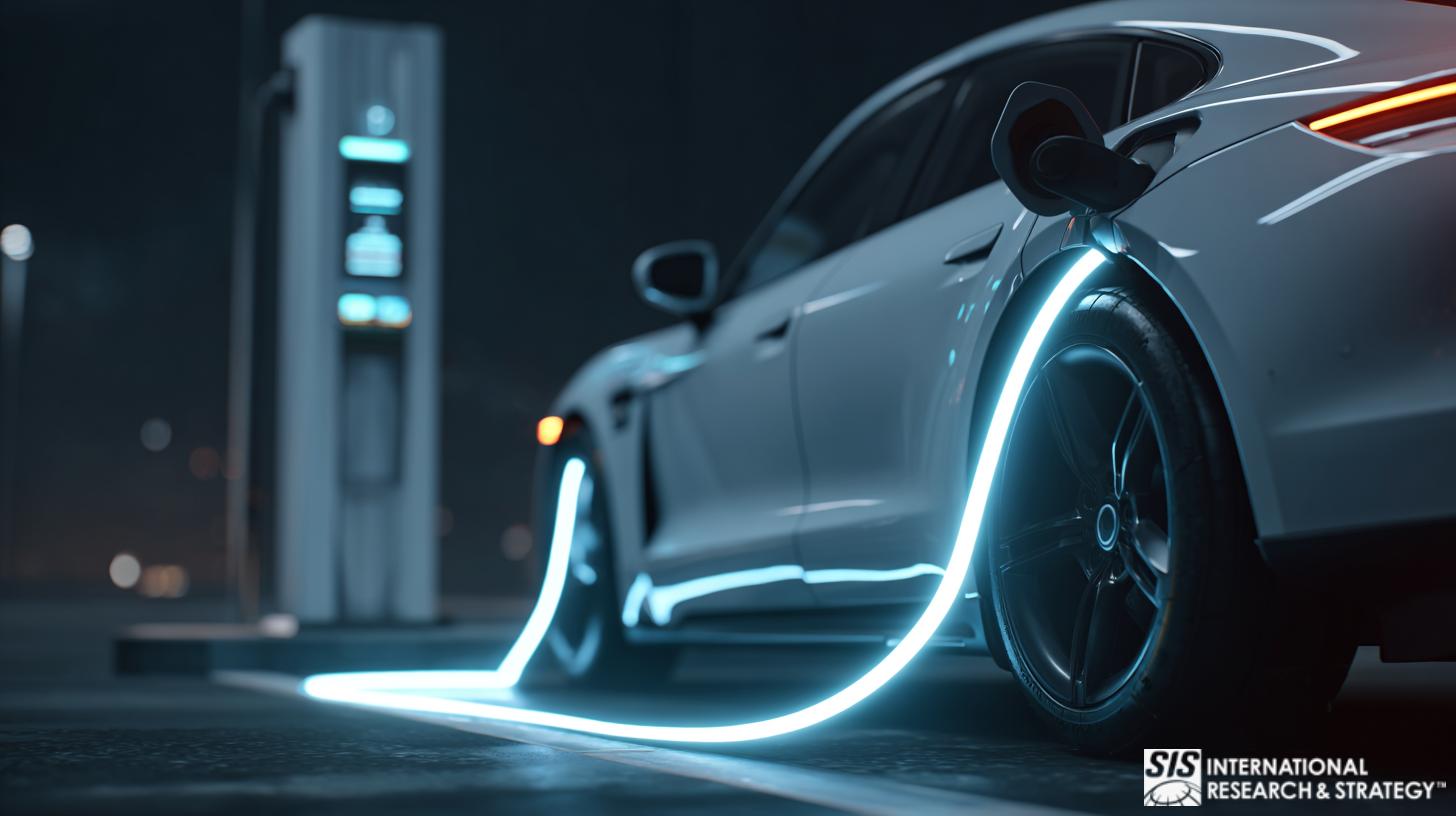
Esiste un’importante distinzione tra veicoli ibridi e veicoli elettrici (EV).
Hybrid vehicles, such as the Toyota Prius line, are powered by both an electric engine and an Internal Combustion Engine (ICE), which is the traditional engine fueled by petrol or Diesel. Electric Vehicles (EVs), by definition, are powered by an electric engine only. A large number of battery cells deck the floor of an EV. The recharging of the battery is simply done by an electric plug, usually at the user’s home.
Opportunità e sfide
Most automotive manufacturers have completed their model line-up with Hybrids. However, only a few propose exclusively electric cars. The leader in terms of sales for the Current Year 2013 in the US EV segment is the Chevrolet Volt and the Nissan Leaf. Then comes the premium brand Tesla with its newly launched Model S. The volumes in the Hybrid segment are very different. The industry leader is considered Toyota, and its Prius line. The followers are Ford, with its Fusion Hybrid and C-Max Hybrid, and Hyundai Sonata.
The reasons behind the leadership in these segments are diverse and require a thorough industry analysis. However, one can easily assume that first-mover advantage plays a significant role in terms of branding, economies of scales and technology advantage. In fact, Toyota was the first to launch hybrid versions and is still on top of that market. In the same way, Nissan and Chevrolet were pioneers in the mass market EV in 2009/10 and still hold a leadership position.
Considerato il livello di concorrenza e l’ampia gamma di tentativi di differenziazione da parte dei produttori automobilistici, i volumi di vendita e, più precisamente, le quote di mercato e di segmento, sono misure chiave del successo in questo settore.
Regolamento auto elettriche
Regulation on C02 emission and gas consumption is a main reason that pushes manufacturers to develop and market low or zero emission vehicles. In a global industry, an increasing number of countries have adopted tax incentive schemes that favor the sales of hybrid and EV over traditional more fuel-consuming cars. For instance, France has Bonus/Malus scheme, where a cash amount is offered to the buyers of hybrid and EV vehicles. The same applies to Holland.
Gli Stati Uniti hanno recentemente adottato schemi di tassazione automobilistica simili, ma il contesto normativo è meno rigoroso. Questa dinamica di mercato insieme ad un possibile “effetto alone” attorno al marchio spingono tutti i produttori a proporre modelli ibridi o elettrici. Pertanto, una questione più ampia diventa: quali strategie di gamma di modelli i produttori vogliono adottare.
Opinioni dei clienti
Customers of hybrids and EVs are for most part environmentally conscious above 50 year old upper income class individuals. Thus, while it makes sense to offer a hybrid or EV family sedan or compact car for urban environment, this product strategy does not find rational for full size heavy duty trucks. Likewise, Ford offers hybrid and EV for the Fusion and the Focus respectively, but remains on ICE for its flagship F-150.
EVs and Hybrids are priced at a premium over similar ICE models with same equipment level. Manufacturers have performed extensive price vs. value analyses in order to find out what the premium would be that the customers are willing to pay to drive a low emission car.
L’impatto sul settore nel complesso non è chiaro perché i volumi sono ancora piuttosto piccoli per i veicoli elettrici e ibridi. A livello di segmento, tuttavia, le strategie di prezzo dei veicoli elettrici e ibridi possono essere viste come una strategia di differenziazione rispetto ai segmenti ICE non premium. In altre parole, un marchio non premium come Nissan o Toyota è potenzialmente in grado di prezzare le proprie auto ibride ed elettriche allo stesso livello di prezzo di una Mini, una BMW o un’Audi. Con la scala che Nissan e Toyota hanno accumulato nel corso degli anni, il costo marginale per produrre un ibrido o un veicolo elettrico è notevolmente diminuito, portando a un rendimento marginale superiore per le loro attività ibride ed elettriche.



